Business
The Freelancer's Ultimate Guide To Invoicing
Dodd Caldwell
July 21, 2020

Ah, invoices. These little notices can be the bane of business owners everywhere, but especially those of us who are freelancers or own a small business.
Larger companies can at least have the option of having an entire department worry about the paperwork side of finances. If you are your own boss, that is your responsibility.
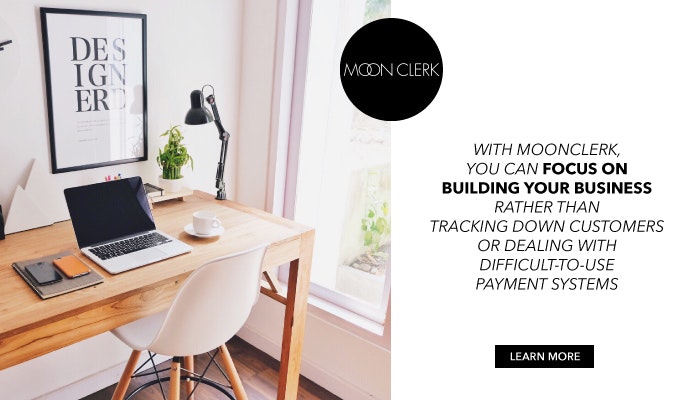
You wanted to become a freelance blogger, journalist, trainer, artist, consultant, or whatever else to help other people and make your mark on the world on your own. But being on your own can be scary, and missteps can be fatal.
So how to navigate the wide, confusing world of making sure your clients pay you? MoonClerk is here to help!
What constitutes an actual invoice?
The novices among us may not know! An invoice is simply a document—electronic or paper—given to a client to inform them of the goods and services they have procured from your business. It usually includes:
- How much each of these things cost
- Any additional fees that have been incurred (like late fees, rush fees, or additional charges)
- The date by which you expect to be paid in full
- Any additional notes for the recipient
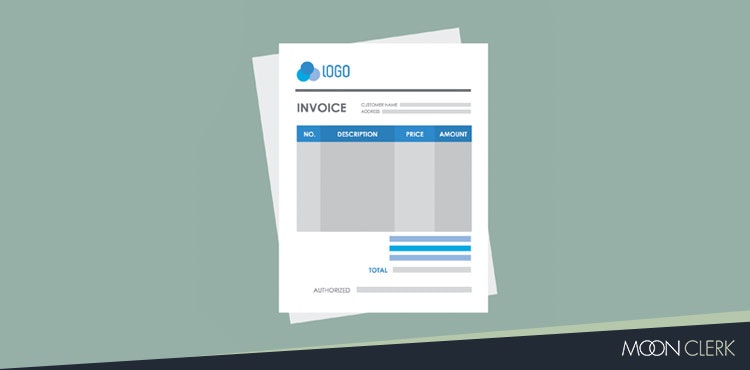
Can you send invoices manually? Sure. But who wants to spend time chasing down clients when you could be spending it getting new ones or working on other projects? (This MoonClerk client agrees.)
Why is an invoice important?
Besides ensuring that you get paid, an invoice helps the buyer to have a document that proves they did pay you and allows them to keep track of their own finances and tax information. An invoice also allows you to have clear documentation of output, income, and business volume on a weekly, monthly, quarterly, and yearly basis.
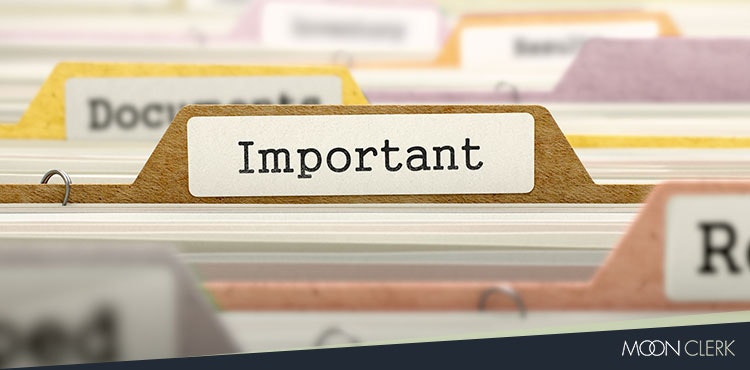
What do I need to include on my invoice?
These are the basics:
- All of the goods and services for which you are charging the client. Generally, the more itemized and clear the list is, the better. Be sure to use clear names for things and list explicitly all costs and fees associated with each item.This is especially important if you are including multiple projects, goods or services on one invoice. Be sure to clearly distinguish them from one another and include the precise cost for each. This cuts down on confusion and helps you get paid sooner.
- Include whether the cost of the item is project-based or hourly. If hourly, be sure to include how many hours you worked and what the total cost is (just to be safe).
- The date on which you are sending the invoice. This becomes very important if you list, as some freelancers do, a certain amount of days from that date that the client has to pay.
- The date on which you expect to be paid. It is very important to discuss with your client beforehand—as in before you begin the project—how many days between the writing of the invoice and the due date there are. It is unfair to the client to not let them know how long they have to pay you.)
- Any late fees that will be incurred based on how late the payment is, as well as whatever follow-up terms (overdue notices, interest, etc.) will be expected. This must be stated explicitly to prevent any claims of ignorance or evasion on the part of shady clients.
- Any specific instructions on how you wish to be paid. (With MoonClerk, this step is functionally eliminated since everything is done electronically.)
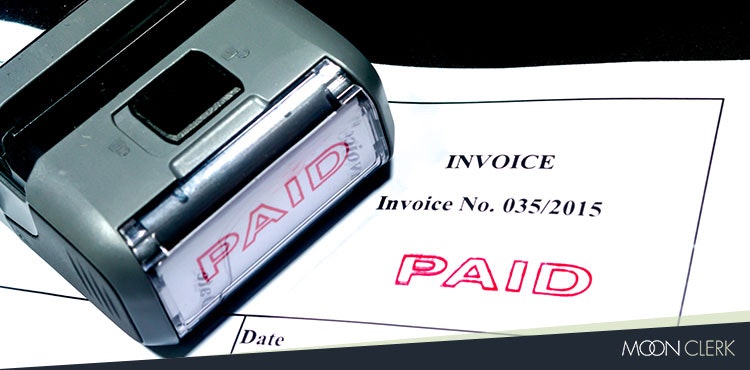
Be Easy to Find
Disgruntled clients are bad. Disgruntled clients who are exasperated because they can’t get a hold of you are worse. If you are a one-person show, simply including your contact information is enough.
But what if you’re a larger company? Or, what if multiple people worked on different aspects of the project? You’ll need to be clear about who they can contact with questions or concerns and the hours in which they can be reached. You will need to decide as a company who will handle these kinds of issues.
For example, let’s say three people worked on a project together. Do you want all three to be equally responsible for complaints? Is one of you a supervisor? Let the client know who they can speak to directly with any issues. Then, be willing to follow through!

Numbers are Your Friends
Make sure to number your invoices. An easy way to do this (if your program does not number them automatically) is to place the year first followed by whatever number invoice this is for that year. For example, 2017098 would mean the 98th invoice of 2017.
It’s easy to see why a clear numbering system is important. Let’s say you are following up with a client who hasn’t paid you (go here for more about that). How will you be able to clearly, succinctly, and with easy proof show them they haven’t paid?
By asking them about “that invoice for that project I did for you six months ago”? Or by showing them a copy of invoice #2017072, with the date it was sent, the due date, and reminding them that they received a copy (which, with MoonClerk, they would have)?

Understanding Nets
Have you ever seen wording like “Net 15” or “Net 30” on an invoice? Have you wondered what that means? It’s just industry-insider talk for how many days the client has to pay their bill, counted from the day the invoice is sent.
For example, if you send the invoice to your client on May 15th, and have the notation “Net 15” on the invoice, it means they have until May 30th to pay you in full (or the first installment, or half, or whatever you have agreed upon).
How do you determine how many days to give? Wisdom is important here. It is permissible to give different clients different net numbers based on circumstances. Smaller payments can be expected as due upon receipt. Larger ones can be given a longer time frame, with the additional option of paying in installments.
All of this should be clearly stated on the invoice, and some of it should have been discussed beforehand.

Who Pays the Fees?
Remember that virtually whichever way your payments are processed (with the possible exception of checks and cash), there will be fees involved, sometimes steep ones. If you are unwilling to pay these fees entirely yourself, you can add a surcharge to your invoice to offset at least some of the impact.
This must be stated very clearly and it may not be the kind of thing you can do with every client. Also consider only charging this fee for especially high processing costs (which tend to increase if the transaction is higher).
The point is to agree ahead of time on which party will absorb any necessary fees for them paying you for your job, and to state this clearly on the invoice.
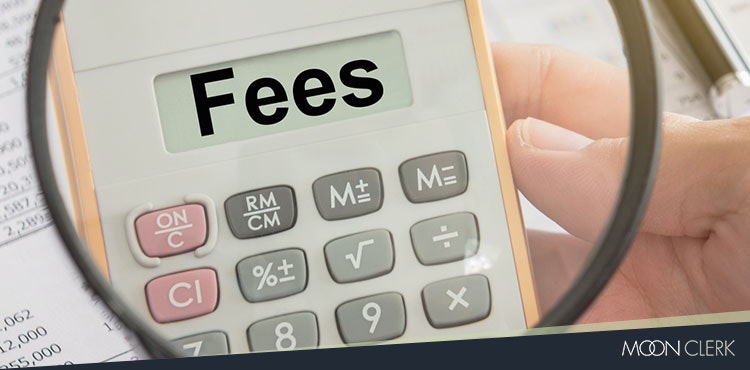
It’s the Little Things
Put thought into the design of your invoice. Who wants to read something that looks like a cellphone bill? Make it both professional and inviting.
You do not want your last contact with your client to be a sloppy mess–or perhaps worse, a bland, uninspired, cold paper.
Express your personality, the ethos of your business, and the positive experience you want them to have because they worked with you.
In today’s culture, it is quite common for small businesses to be more personal and individualized than in years past, so don’t be afraid of a little whimsy (like on this example) or including the client’s name in a pre-prepared note of explanation.
Feel free to include a personal note of thanks for their business and express appreciation for the chance to work with them now and in the future.
Additionally, don’t be afraid to invite feedback. This is above and beyond the standard “please let me know if you have questions” line. Perhaps tell them of a place in your website where they can post a review, or of an email address set aside for just that purpose.
This not only communicates a sense of responsibility to them, but it also allows you to grow as an entrepreneur–you’ll quickly find out from clients themselves what works, what doesn’t, and why.
Conclusion
Invoicing is a fact of life for everyone involved in business. For freelancers, it’s the difference between getting paid for your hard work and going broke. Especially for those of us just striking it out on our own in self-employed independent work, making sure we’re seen, heard, and valued for our efforts can be time-consuming enough.
Why create more frustration for yourself than is already inherent in starting your own business?
Learn how to create a quality invoice now. Fiddle with designs and layout and ideas until you find one that includes everything you need and speaks in your unique style. Your business is yours. Quality invoicing not only keeps it that way, but is essential to creating both the income and client interest to write your personal and professional success story.
(MoonClerk wants to help your business flourish too. Its automatic invoicing, simple learning curve, low fees, and lots of other features make it the best friend of freelancers and small business owners across the nation. You can hear from some loyal users who know and love MoonClerk here, here, and here.)


